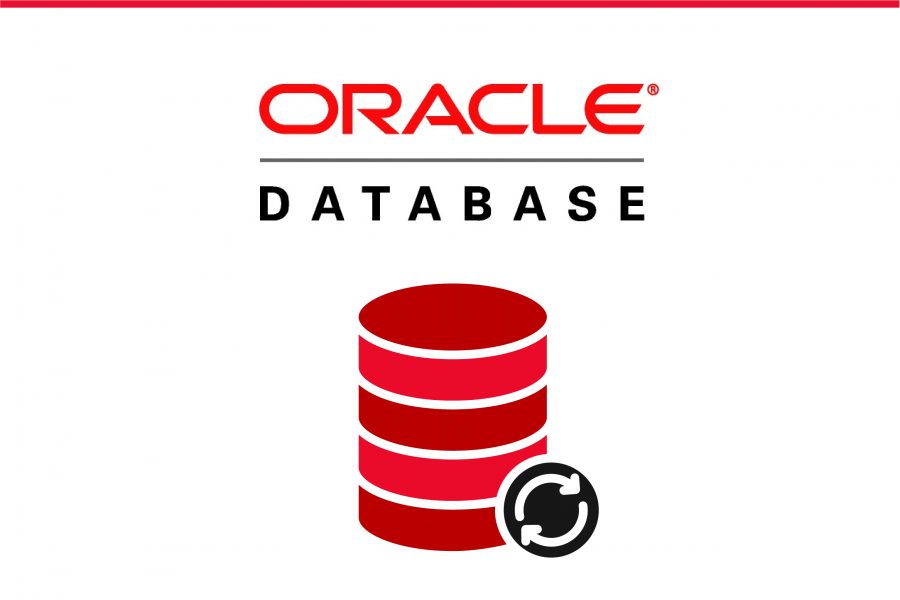Integrating OracleDB into a Spring Boot application can seem daunting, but with the right approach, it becomes a manageable task. By leveraging Docker for development and Kubernetes for production, along with profile-specific
application.yml configurations, you can streamline your workflow and maintain clean separation between environments.
1. Setting Up OracleDB with Docker for Development
For local development, Docker offers a convenient way to run OracleDB without the need for a full installation. Here's how you can set it up:
Docker Compose Configuration:
version: '3.1'
services:
oracle-db:
image: gvenzl/oracle-free:23.7-slim-faststart
container_name: oracle-db
ports:
- 1521:1521
environment:
ORACLE_PASSWORD: Welcome123
APP_USER: devuser
APP_USER_PASSWORD: DevPass123
volumes:
- ./oracle-init:/container-entrypoint-initdb.d
This configuration uses the
gvenzl/oracle-free image, which is suitable for development purposes. It sets up the database with a default user and password, and maps the necessary ports for access.
2. Configuring Spring Boot for Development
In your Spring Boot application, you can define environment-specific configurations using profiles. For development, create an
application-dev.yml file:
spring:
datasource:
url: jdbc:oracle:thin:@localhost:1521/ORCLCDB
username: devuser
password: DevPass123
driver-class-name: oracle.jdbc.OracleDriver
jpa:
hibernate:
ddl-auto: update
show-sql: true
properties:
hibernate:
dialect: org.hibernate.dialect.Oracle12cDialect
This configuration sets up the datasource to connect to the OracleDB instance running in Docker. It also configures JPA to automatically update the schema and display SQL statements for debugging purposes.
3. Preparing for Production with Kubernetes
In a production environment, it's best to externalize configuration using Kubernetes ConfigMaps and Secrets. This approach keeps sensitive information out of your codebase and allows for dynamic configuration changes.
Creating a ConfigMap:
apiVersion: v1
kind: ConfigMap
metadata:
name: oracle-config
data:
spring.datasource.url: jdbc:oracle:thin:@oracle-service:1521/ORCLCDB
spring.datasource.driver-class-name: oracle.jdbc.OracleDriver
spring.jpa.hibernate.ddl-auto: validate
spring.jpa.properties.hibernate.dialect: org.hibernate.dialect.Oracle12cDialect
Creating a Secret:
apiVersion: v1
kind: Secret
metadata:
name: oracle-secret
type: Opaque
data:
spring.datasource.username: cHJvZHVzZXI= # base64 for 'produser'
spring.datasource.password: cHJvZHBhc3M= # base64 for 'prodpass'
These resources define the necessary configurations for connecting to OracleDB in a Kubernetes environment. The ConfigMap contains non-sensitive data, while the Secret holds credentials.
4. Configuring Spring Boot for Production
In your
application-prod.yml, reference the environment variables provided by Kubernetes:
spring:
datasource:
url: ${SPRING_DATASOURCE_URL}
username: ${SPRING_DATASOURCE_USERNAME}
password: ${SPRING_DATASOURCE_PASSWORD}
driver-class-name: ${SPRING_DATASOURCE_DRIVER_CLASS_NAME}
jpa:
hibernate:
ddl-auto: ${SPRING_JPA_HIBERNATE_DDL_AUTO}
properties:
hibernate:
dialect: ${SPRING_JPA_PROPERTIES_HIBERNATE_DIALECT}
Ensure that your deployment manifests set these environment variables from the ConfigMap and Secret:
env:
- name: SPRING_DATASOURCE_URL
valueFrom:
configMapKeyRef:
name: oracle-config
key: spring.datasource.url
- name: SPRING_DATASOURCE_DRIVER_CLASS_NAME
valueFrom:
configMapKeyRef:
name: oracle-config
key: spring.datasource.driver-class-name
- name: SPRING_JPA_HIBERNATE_DDL_AUTO
valueFrom:
configMapKeyRef:
name: oracle-config
key: spring.jpa.hibernate.ddl-auto
- name: SPRING_JPA_PROPERTIES_HIBERNATE_DIALECT
valueFrom:
configMapKeyRef:
name: oracle-config
key: spring.jpa.properties.hibernate.dialect
- name: SPRING_DATASOURCE_USERNAME
valueFrom:
secretKeyRef:
name: oracle-secret
key: spring.datasource.username
- name: SPRING_DATASOURCE_PASSWORD
valueFrom:
secretKeyRef:
name: oracle-secret
key: spring.datasource.password
This setup ensures that your application retrieves configuration values securely and dynamically at runtime.
5. Managing Profiles in Spring Boot
Spring Boot allows you to activate profiles to load specific configurations. You can set the active profile using the
SPRING_PROFILES_ACTIVE environment variable:
env:
- name: SPRING_PROFILES_ACTIVE
value: prod
This approach enables your application to load
application-prod.yml configurations when deployed in production.
Note: Ensure that the Oracle JDBC driver is available in your application's classpath. Oracle's licensing restrictions may require you to manually download and include the driver in your project.







image quote pre code